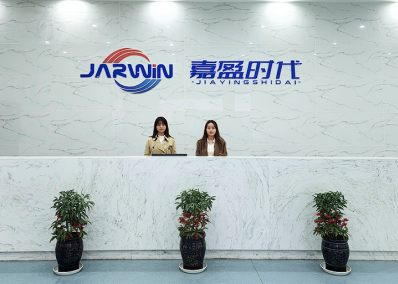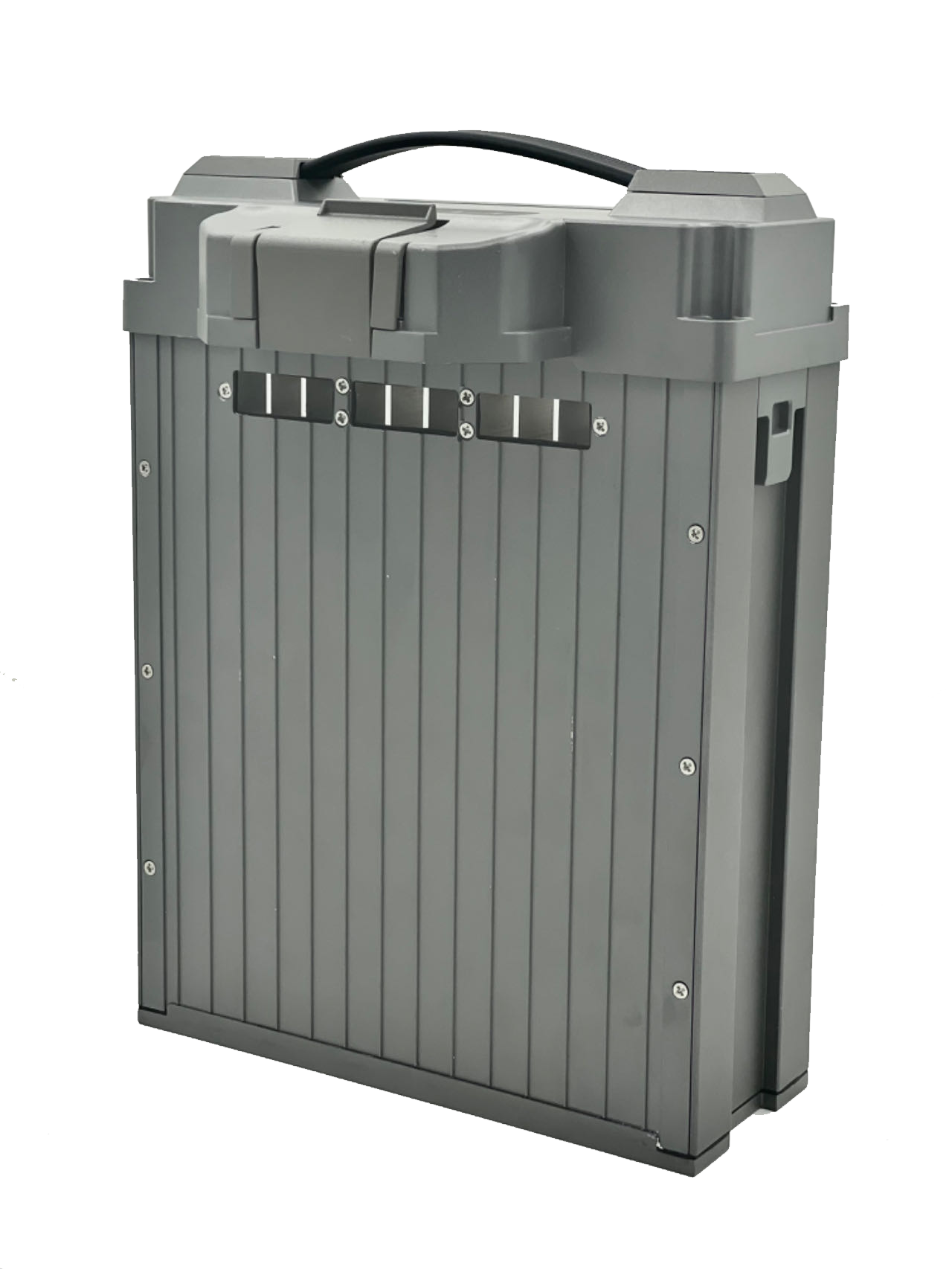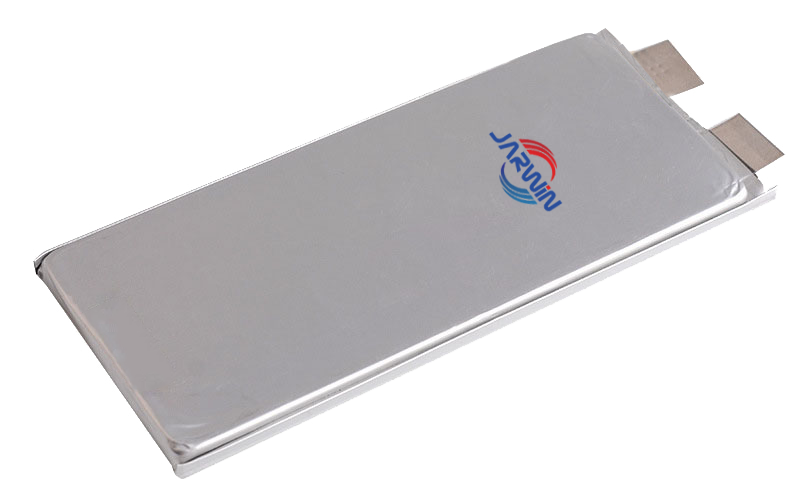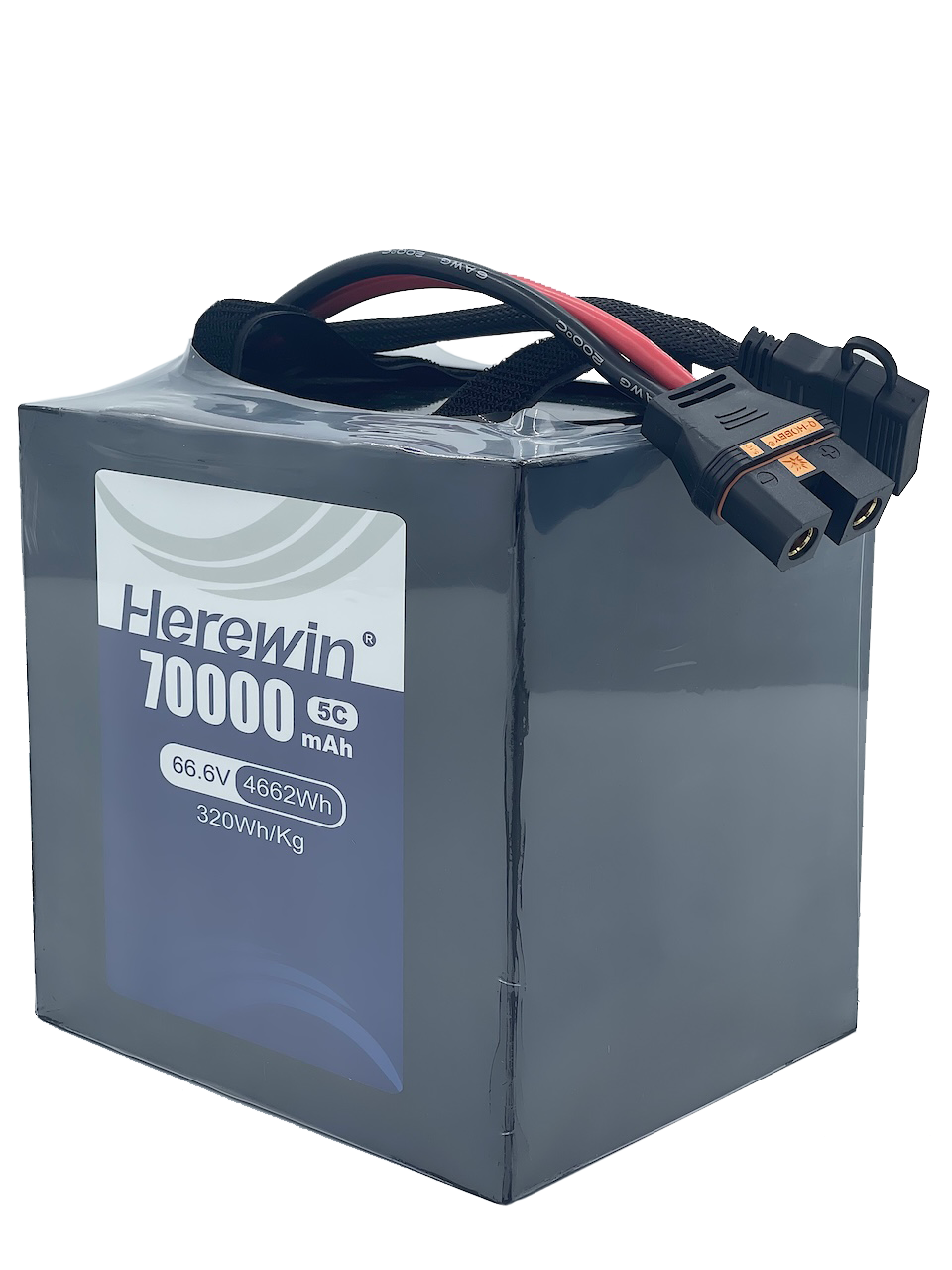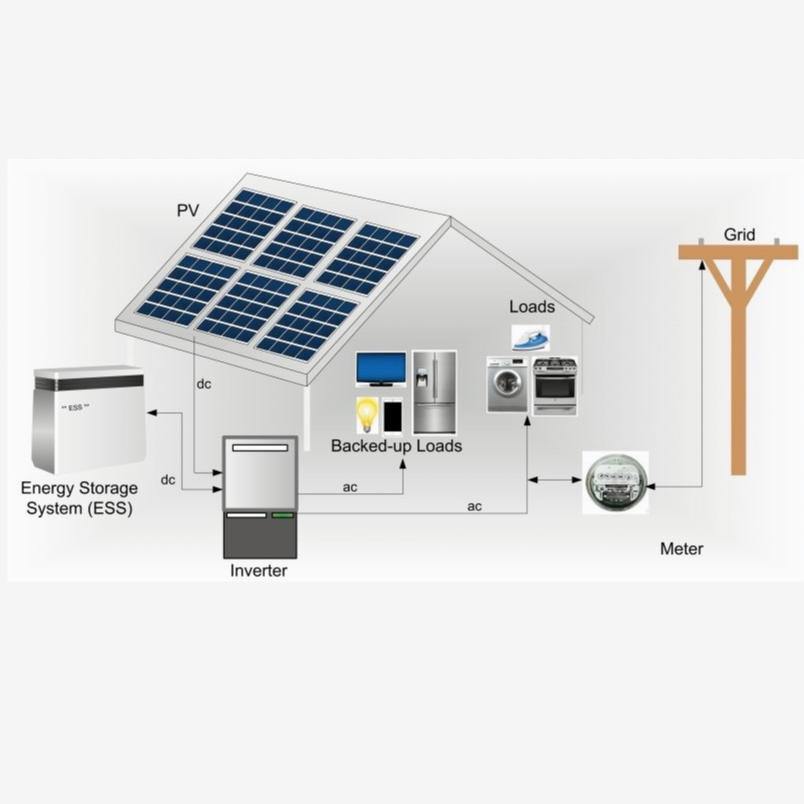
As energy storage systems become increasingly vital across electric mobility, drones, and renewable applications, Battery Management Systems (BMS) have emerged as a key technology ensuring both safety and performance. Acting as the “brain” of the battery, the BMS safeguards against failures, optimizes power efficiency, and extends service life.
The global BMS market was valued at approximately USD 9.1 billion in 2024 and is projected to reach USD 22 billion by 2029 — a reflection of the accelerating demand for advanced battery safety and control systems.
الوجبات الرئيسية
BMS serves as the intelligent control center of modern batteries, ensuring safety, performance, and extended service life.
Advanced BMS solutions leverage AI-driven analytics for predictive diagnostics and energy optimization.
Future BMS development will emphasize intelligent connectivity and integration with emerging battery chemistries.
BMS Role and Battery Challenges
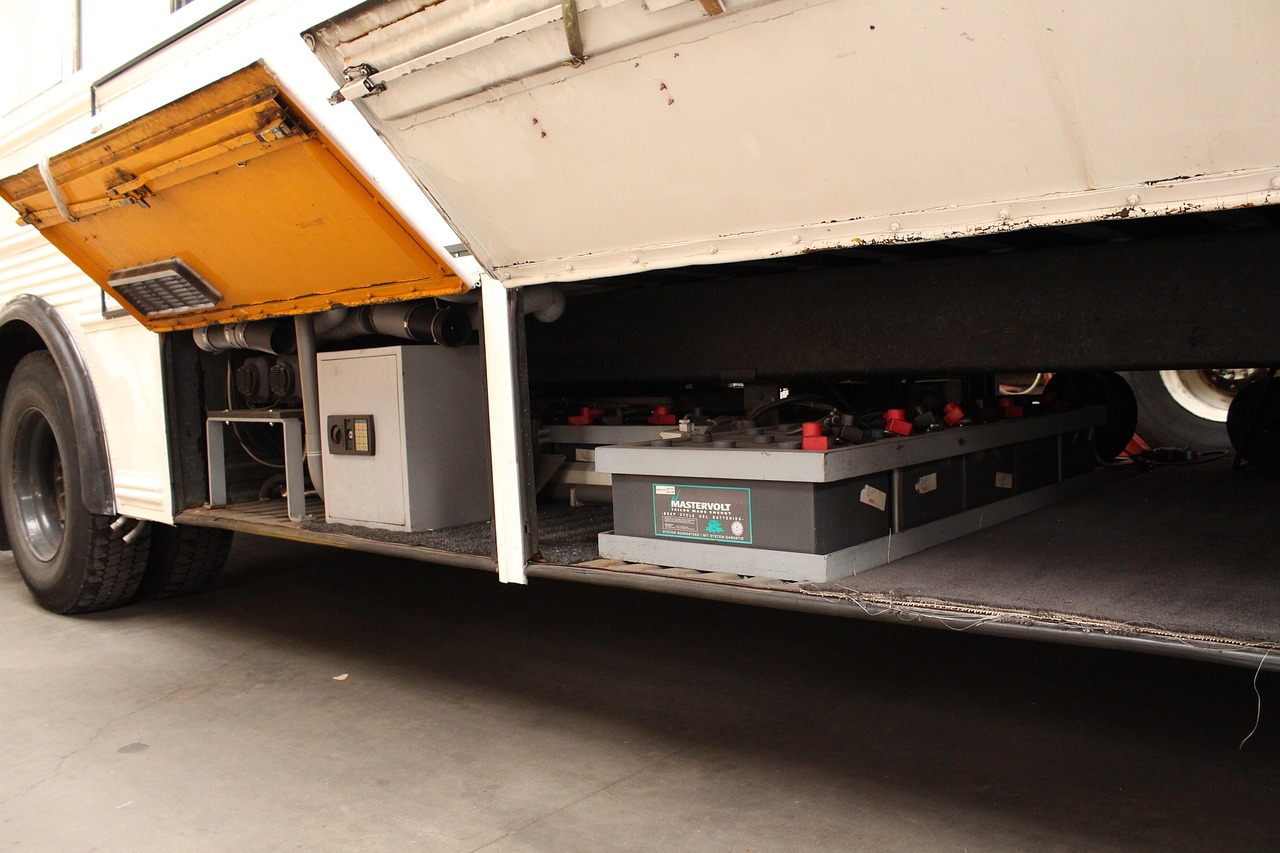
BMS Overview
A Battery Management System (BMS) serves as the “brain” of the battery pack. It is an integrated electronic system that manages and monitors every cell to ensure safe, efficient, and reliable operation.
Its operation centers around five key functional modules:
Data Acquisition: Real-time collection of voltage, current, and temperature parameters from each cell.
State Estimation: Software algorithms analyze the data to determine the battery’s State of Charge (SOC) and State of Health (SOH).
Safety Protection: Multi-layered safeguards against overcharge, overdischarge, overcurrent, and overheating.
Balancing Management: Equalizes charge and energy among cells to improve pack performance and longevity.
Communication: Exchanges information with external systems (e.g., VCU or charging station) for coordinated energy control and diagnostics.
To understand how the BMS ensures battery reliability, it is essential to examine its key functional modules.
Current Battery Management Challenges
For Overcharge Protection, excessive charging can cause the cathode structure to collapse, and electrolyte decomposition may generate gas, increasing internal pressure and creating explosion risks. The BMS prevents this by adopting a two-step constant-current/constant-voltage (CC–CV) charging strategy, coupled with real-time per-cell voltage monitoring, ensuring charging safety even under complex load conditions.
For Overdischarge Protection, the system applies dynamic cutoff voltage calibration and multi-level power limitation strategies. These measures effectively prevent lithium dendrite formation that could otherwise pierce the separator and cause internal short circuits.
For Overcurrent Protection, the BMS continuously monitors current flow and instantly isolates the circuit when the detected current exceeds safe thresholds, avoiding electrode damage and thermal buildup.
For Overheating Protection, a 3D temperature monitoring network with multi-level thermal response dynamically regulates charging and discharging, keeping each cell within its safe operating range.
For Low-Temperature Protection, intelligent preheating using heating films and charge current compensation algorithms maintains battery performance and prevents lithium plating under cold conditions.
Core BMS Technology Innovations
Recent BMS innovations have significantly expanded the role of battery monitoring systems. Through advanced sensing hardware, real-time data acquisition, and intelligent algorithms, modern BMS platforms can accurately estimate battery status, identify potential anomalies, and balance cell performance to ensure stable and efficient operation.
Enhanced State-of-X Estimation
Guessing battery states correctly is key. These states include State-of-Charge (SoC), which reflects the remaining capacity of the battery, and State-of-Health (SoH), which indicates battery aging and remaining lifespan. These estimations are the core of the BMS’s intelligence and help manage energy and make batteries last long. Common methods used by BMS software to achieve this high accuracy include the foundational Coulomb Counting algorithm and advanced state observers like the Kalman Filter.
Intelligent Charging and Balancing
Smart charging programs protect batteries. They make them last longer. They also make charging faster. The BMS manages charging and discharging through complex algorithms and control strategies. These strategies often prioritize minimizing degradation mechanisms like lithium plating. For optimization, adaptive charging algorithms adjust parameters based on real-time data to prolong battery life.
Cell balancing systems ensure that all cells maintain uniform voltage and charge levels, maximizing overall pack capacity and lifespan.
Passive Balancing (Shunt Method): Uses parallel shunt resistors to dissipate excess charge, maintaining voltage differences typically within 10mV. This method is simpler and cost-effective, helping reduce maintenance costs while keeping each cell stable. However, some energy is lost as heat.
Active Balancing: Actively transfers charge between cells via DC–DC converters or inductive/capacitive components. It provides up to 90% efficiency and greatly improves energy utilization, making it ideal for high-capacity or long-lifespan battery systems.
These systems are crucial for optimizing energy utilization and performance, ensuring that all cells contribute fully to the overall battery pack power and longevity.
Advanced Battery Safety and Reliability
Continuous improvement in BMS technology enhances both safety and reliability by enabling real-time fault detection and predictive maintenance.
Real-Time Fault Diagnostics
While clear failures like overcharging are easy to see, other problems, such as internal short circuits or voltage issues, often grow slowly and require constant, smart monitoring to detect early. This early detection helps find problems faster and reduces safety risks.
Smart Fault Detection systems continuously monitor battery behavior. These systems utilize data from sensors measuring voltage, current, and temperature. They look for subtle, odd patterns that show early battery problems, such as cells not being even, heat issues, or less power over time. This continuous analysis makes things safer by anticipating failures before they become critical.
Comprehensive Thermal Management
Effective thermal management is essential to ensure stable battery performance and prolong service life. The BMS regulates temperature through air cooling, liquid cooling, or intelligent heating mechanisms, maintaining all cells within the optimal operating range under varying ambient conditions.
For high-power applications, liquid cooling systems—including snake-shaped tubes, channel-based cooling plates, or immersion-type designs—offer superior heat dissipation efficiency. Air cooling, though lighter and more cost-effective, is typically reserved for low-to-medium power systems.
In cold environments, the BMS activates intelligent preheating functions to reduce internal resistance and prevent lithium plating. Supported by a 3D temperature monitoring network with multi-level response logic, the system ensures consistent safety and efficiency across all cells.
Practical Guidelines for Optimal Battery Management
While core technology innovations underpin battery safety and performance, maximizing system longevity and safety requires active compliance with several best practices from users and operators:
Choose a Smart, OTA-Enabled BMS: When acquiring a battery product, ensure the BMS supports Over-the-Air (OTA) upgrades, which enable continuous optimization of control algorithms based on battery aging and usage conditions.
Optimize Usage and Charging Habits: Routinely charge up to 80% (when State of Health is greater than 85%) to avoid long-term full charge storage. Recharge when remaining capacity falls below 20%, and limit fast charging to twice per week.
Respond Promptly to Warnings: If the dashboard displays a yellow “Battery System Fault” indicator, immediately stop operation and check the SOC/SOH data. If the State of Health (SOH) drops by more than 5%, contact after-sales service.
Conduct Regular Inspections: Perform annual diagnostics at authorized service centers to review BMS fault codes and check for overcurrent or overheating history.
BMS Applications and Impact

BMS technologies play a pivotal role across multiple application domains, ensuring reliable operation of batteries in electric mobility, energy storage, and industrial systems.
Automotive & Electric Vehicles (EVs)
BMS is key for electric cars. The BMS continuously sends battery status information to the Vehicle Control Unit (VCU). This communication is vital, allowing the VCU to optimize power output and regenerative braking, ensuring safe, efficient operation. The BMS also manages thermal conditions to enhance performance and directly influence vehicle range.
Two-Wheel & Light Electric Vehicles (LEV)
BMS are very important for LEVs. They protect lithium-ion battery packs, making them safer and helping them last longer. Control within these systems is often managed by a Microcontroller Unit (MCU), which uses data to make real-time decisions. The system ensures cell balancing to maintain voltage stability, vital for maximizing the range and lifespan.
Energy Storage Systems
BMS are vital for energy storage systems. They ensure the systems are strong and work well. The BMS continuously monitors parameters to provide precise control and manages cell balancing to optimize energy utilization and enhance system reliability across large modules.
Drones and UAV Systems
Drones need specialized power. BMS controls voltage, capacity, and discharge rate for the specialized power needs of these systems. By continuously tracking thermal conditions , the BMS ensures performance and safety during high-demand flight operations.
Industrial and Robotics Systems
BMS makes industrial systems safer and work better. Cell watching and balancing prevent capacity decay and optimize energy utilization. Heat control monitors temperature to ensure safety and reliable operation. Communication links with robot controls ensure integrated system operation and response.
Herewin BMS Applications
Herewin has a wide range of BMS solutions designed for diverse, high-performance needs:
Industrial Battery / Power Battery: These solutions support heavy-duty performance and demanding mobility tasks, such as electric forklifts, ensuring reliable power delivery and high safety standards in challenging industrial environments.
LEV Battery (Light Electric Vehicles): Used for urban and specialized mobility solutions like e-motorcycles and golf carts, focusing on optimizing battery range and lifespan.
Drone Battery: Specifically engineered for UAV/Drone Systems, requiring high energy density and precise voltage control for extended and safe flight operations.
Energy Storage: Covering applications from home energy storage to large factory/commercial solutions, focusing on system stability and reliable backup power.
Building on these technological foundations, Herewin provides a diverse range of BMS solutions tailored to specific energy and mobility needs.
Future Trends in BMS Technology
Battery Management Systems keep getting better. These changes will shape how batteries work later. They will make new uses possible. They will also make old uses better.
AI-Driven BMS Safety and Performance
Artificial Intelligence (AI) is redefining BMS capabilities. By learning from real-time voltage and temperature data, AI-driven algorithms can detect anomalies, predict battery aging, and enable adaptive control strategies that improve safety and efficiency.
Semi-Solid State Battery Management
Semi-solid-state batteries mark a significant advancement in energy storage technology. With higher energy density and improved low-temperature performance, they demand adaptive BMS strategies capable of managing new chemistries and dynamic charge rates.
V2X and Battery Swapping
Vehicle-to-everything (V2X) and battery swapping are new ideas. BMS will be very important for these. V2X lets electric cars talk to power grids and other systems, optimizing energy flow. Battery swapping requires the BMS to check battery health and ensure seamless connectivity and compatibility.
Cloud-Based BMS Analytics for Battery Reliability
Cloud-based BMS platforms enable real-time monitoring, predictive maintenance, and large-scale fleet data analysis. These features enhance system reliability and scalability, though they also introduce new challenges in data management and cybersecurity.
BMS changes have greatly helped battery systems. Key improvements include: AI helps find problems. This makes batteries safer. Good heat control makes them last longer. These new ideas are key. They help batteries do more. BMS keeps getting better. It makes batteries safe. It makes them work well. This will change our electric world. It will make battery systems good. They will work in many places.
الأسئلة الشائعة
What is a Battery Management System (BMS)?
A BMS is like a brain. It controls a battery pack. It watches the battery. It keeps it safe. It makes it work well. It helps the battery last longer. This is true for many uses.
How do BMS innovations enhance battery safety?
BMS changes make batteries safer. They find problems fast. They control heat well. They protect against cyber attacks. They use new materials. An example is LiFePO4. These things stop problems. They stop too much charging. They stop too much heat. They stop fires.
What role does AI play in future BMS technology?
AI helps BMS. It makes things safer. It finds strange things. It stops fires. It makes batteries work better. It charges them smartly. It manages energy. AI makes batteries last longer. It makes them work better.
How do BMS innovations benefit Industrial and Robotics Systems?
BMS innovations ensure reliable heavy-duty performance for industrial and robotic systems. They optimize energy utilization, prevent capacity degradation through cell balancing and temperature monitoring, and guarantee communication integration with robot controllers for safe and stable continuous operation.
What are the key components of intelligent charging and balancing?
Smart charging uses special programs. It uses AI. This makes charging best. Balancing systems help. Some are passive. Some are active. They make sure cells charge the same. This makes the battery work best. It makes it last longer.
انظر أيضاً
BMS: Boosting Drone Battery Life and Performance Significantly
Preventing Thermal Runaway: Advanced Solutions for Battery Safety
Herewin’s Semi-Solid Batteries Powering Future Wearables and Portable Devices
Swappable Batteries: The Game-Changer for Electric Motorcycle Evolution

